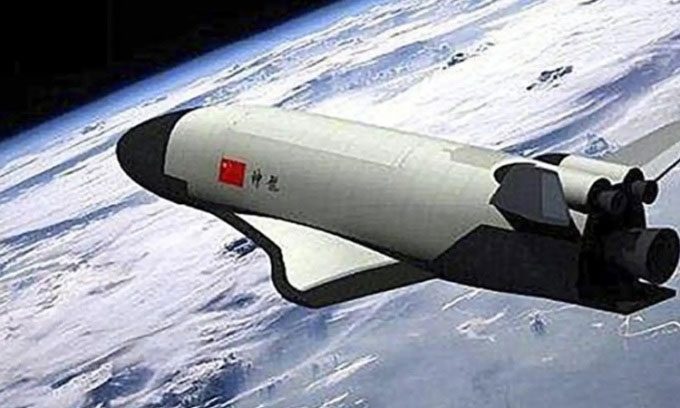The Chang Zheng 2F rocket launched a Chinese experimental spacecraft from the Jiuquan Satellite Launch Center on December 14 to conduct scientific experiments.

Simulation of China’s reusable spacecraft Shenlong. (Photo: Ilkha).
The latest spacecraft launch occurred just 7 months after the previous mission of the vehicle, significantly quicker than the first two launches, which were spaced 23 months apart, according to SpaceNews. In addition to scientific experimentation, China’s spacecraft also supports technical efforts for the peaceful use of space.
Just before the launch at Jiuquan, SpaceX postponed the launch of the American Space Force’s reusable X-37B spacecraft, even moving the Falcon Heavy rocket off the launch pad at the Kennedy Space Center. The mission, named USSF-52, was canceled on December 13 for additional system checks. The exact reason for this delay and the new launch date have not yet been disclosed.
Similar to the X-37B, information surrounding the reusable spacecraft nicknamed Shenlong is scarce. This spacecraft appears to be used for testing new equipment and operations in orbit. It is launched vertically on a rocket, completes its mission, and then lands horizontally on a runway, similar to the American Space Shuttle. According to Jonathan McDowell, an astronomer at Harvard University who closely monitors rocket launches and space activities, both the X-37B and Shenlong have a mass of about 5 – 8 tons and a length of 10 meters.
The first flight of Shenlong lasted two days, while the second flight spanned approximately 9 months, during which the vehicle released an unidentified object into orbit. This could be a small satellite designed to monitor Shenlong or a service module that is no longer needed.


















































